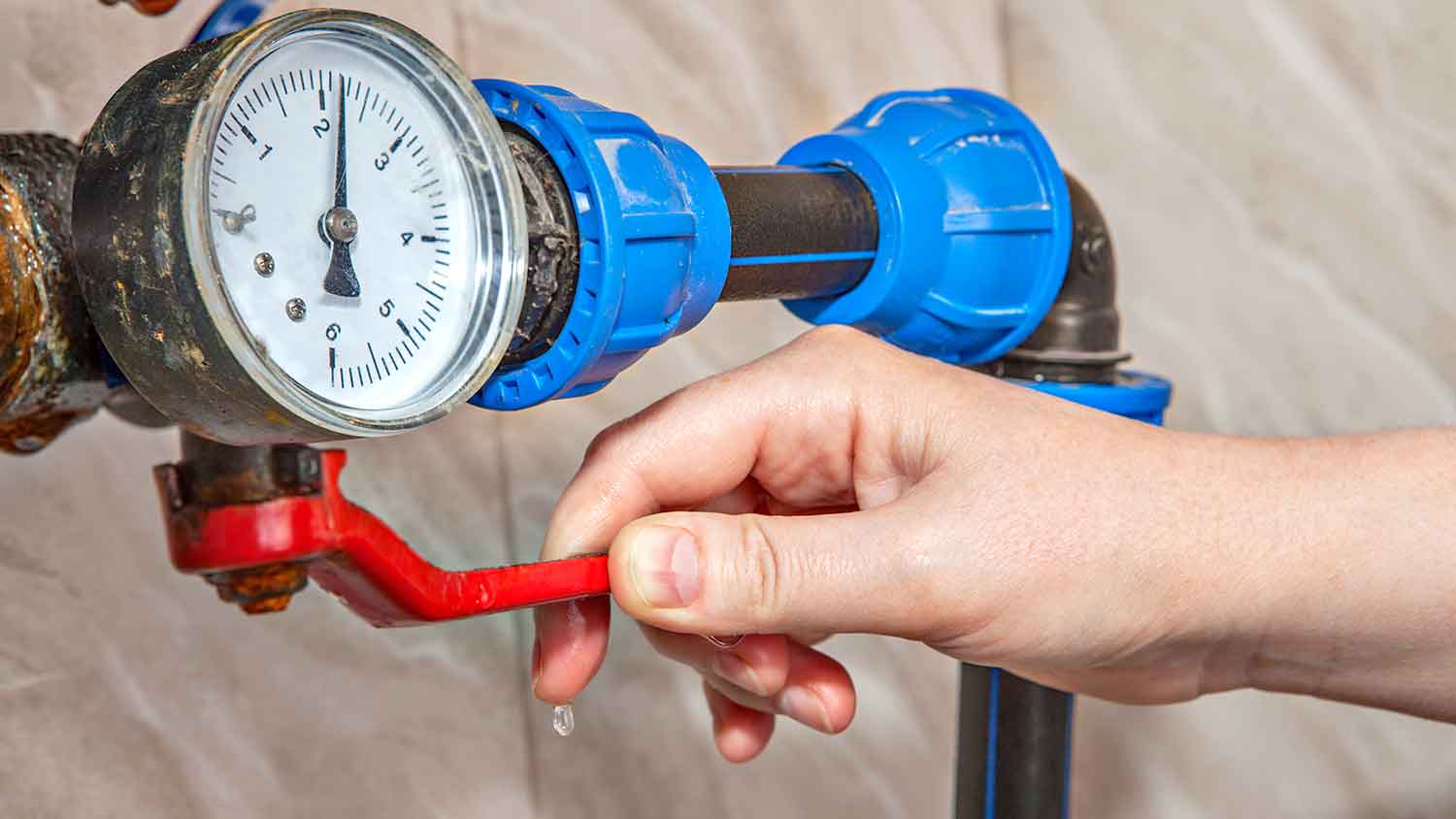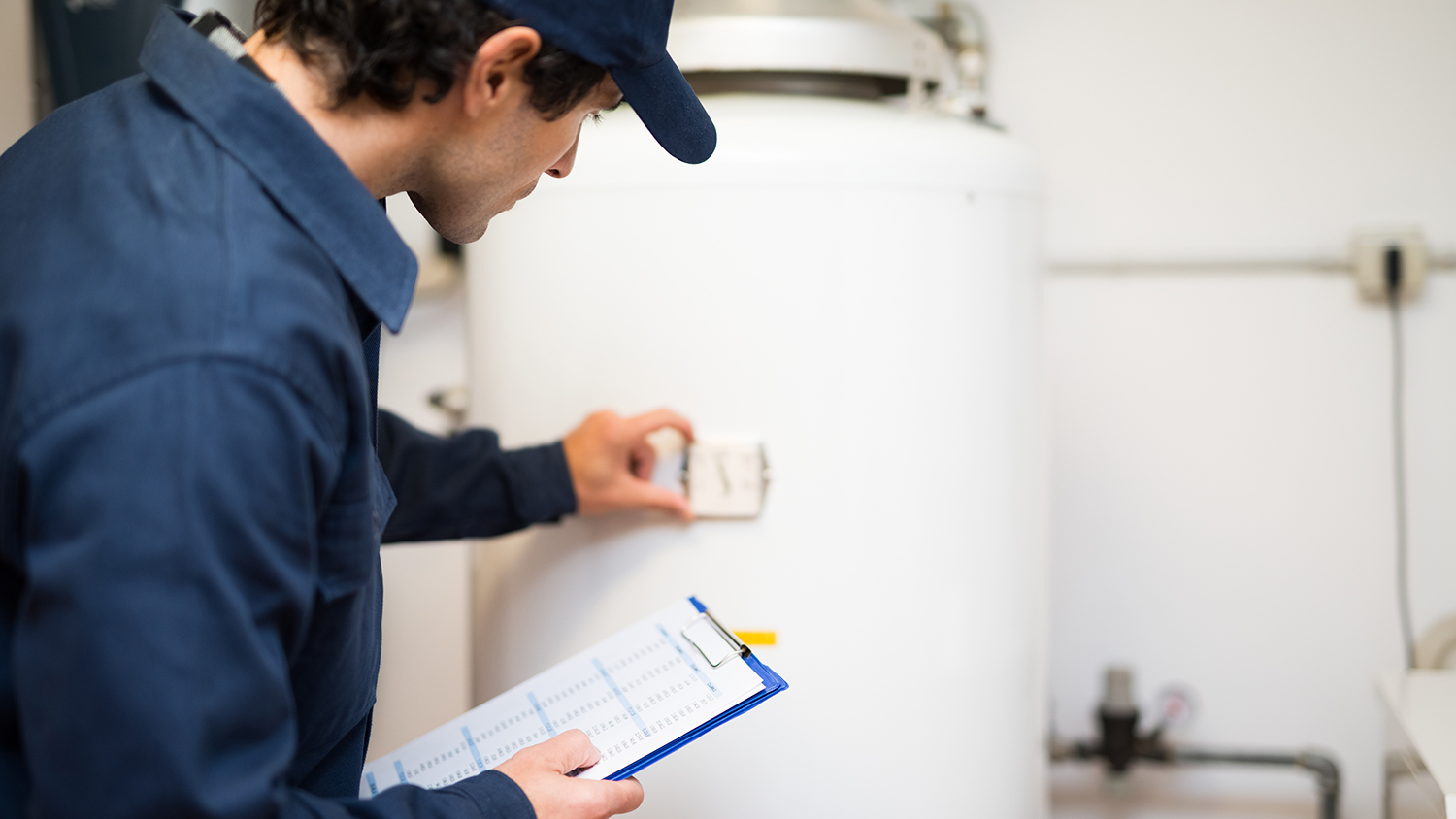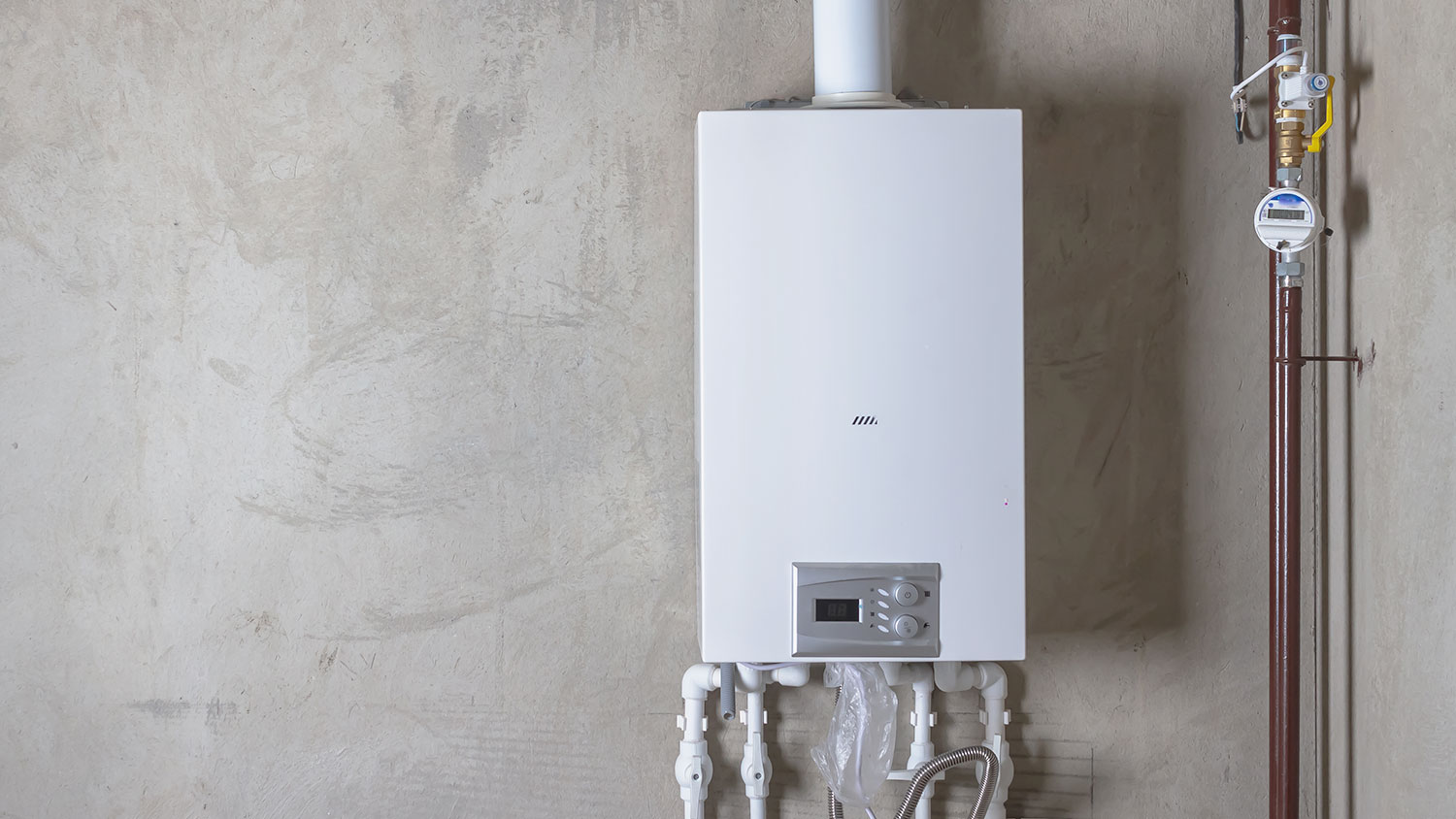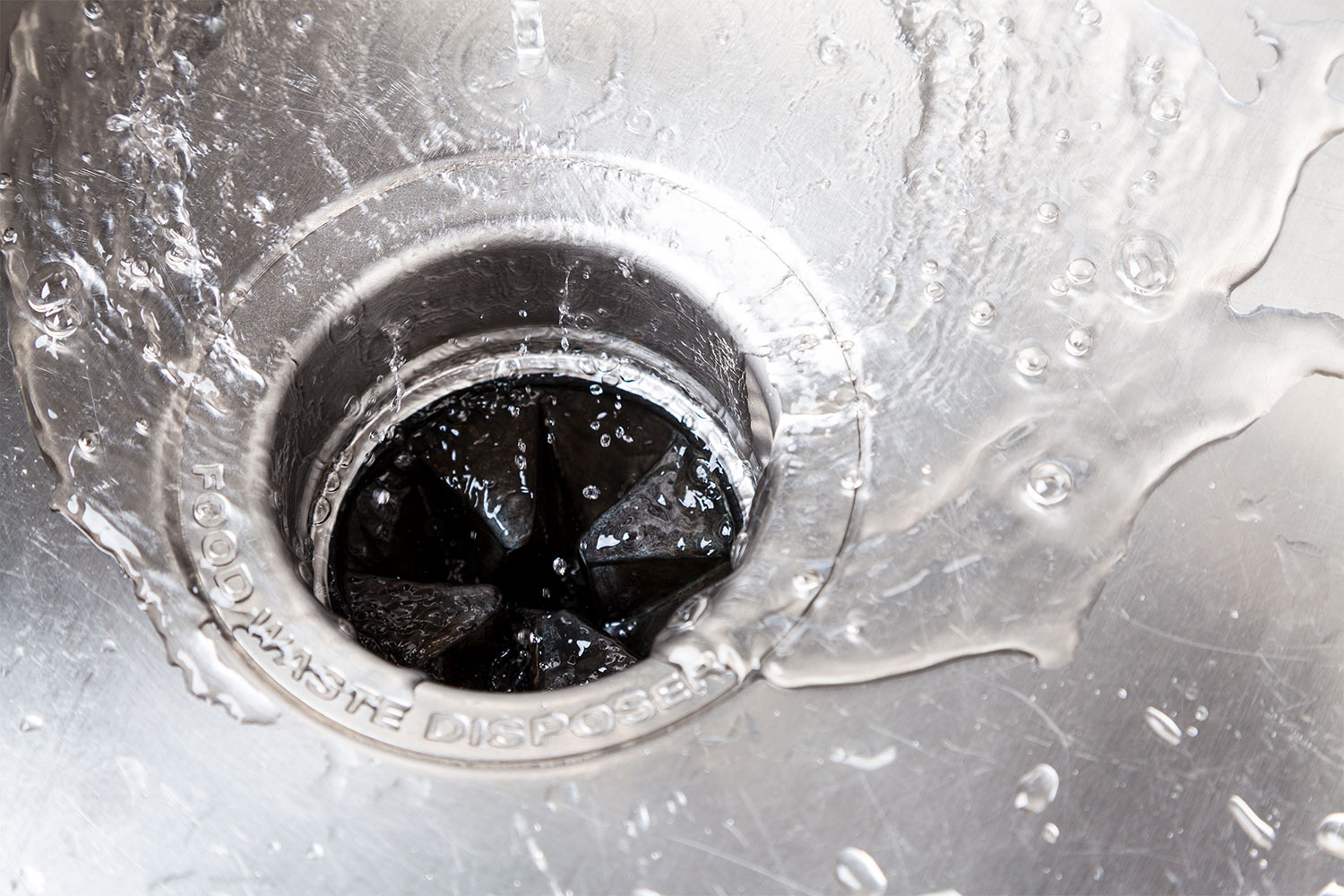
Mr. Rooter Plumbing of St. Louis
Mr. Rooter Plumbing of St. Louis
When you have a drain problem, you need it fixed fast. At Mr. Rooter Plumbing of St. Louis, we specialize in expert drain services that get your pipes flowing freely again. Our local, licensed plumbers are equipped with the latest tools to handle everything from stubborn clogs to full drain cleaning. We understand that a backed-up drain is an emergency. That's why our friendly dispatch team is ready to take your call anytime and send a professional, uniformed plumber to your door as soon as possible. For reliable, fast, and friendly drain cleaning and plumbing services, turn to Mr. Rooter Plumbing of St. Louis.
"I had 2 emergency toilet shut off valves replaced. Bradley did a great job. He had some extra work to do in 1 of mthe bathrooms. i highly recommend! Tom "
Tom K on May 2025
When you have a drain problem, you need it fixed fast. At Mr. Rooter Plumbing of St. Louis, we specialize in expert drain services that get your pipes flowing freely again. Our local, licensed plumbers are equipped with the latest tools to handle everything from stubborn clogs to full drain cleaning. We understand that a backed-up drain is an emergency. That's why our friendly dispatch team is ready to take your call anytime and send a professional, uniformed plumber to your door as soon as possible. For reliable, fast, and friendly drain cleaning and plumbing services, turn to Mr. Rooter Plumbing of St. Louis.
"I had 2 emergency toilet shut off valves replaced. Bradley did a great job. He had some extra work to do in 1 of mthe bathrooms. i highly recommend! Tom "
Tom K on May 2025















